Hide Show
Are you concerned about a tire that keeps losing pressure every so often? Do not worry any longer. Truro Nissan is the preferred Nissan dealership in Truro, Nova Scotia. It serves the greater Truro area, including Stewiacke, Brookfield, Valley, and Bible Hill. A slow leaking tire is undeniably inconvenient, but an experienced and certified tire specialist makes it only a temporary inconvenience. Truro Nissan has experienced certified mechanics. If you have a slow leak, increase the tire's pressure and drive carefully to Truro Nissan.
There are three main reasons why a tire may lose pressure. The wheel may have issues, the tire may be damaged, or could the effect of a drop in temperature. The two issues which cause a tire leak are a leaking valve stem and a damaged wheel.
Valve stems deteriorate with time and cause leakage because of exposure to chemicals. Hard knocks cause the wheel to lose its round shape, resulting in leaks.
Truro Nissan
130 Onslow Rd
Directions UPPER ONSLOW, NS B6L 5K6
Tire damage is usually caused by nails, bead damage, and road hazards.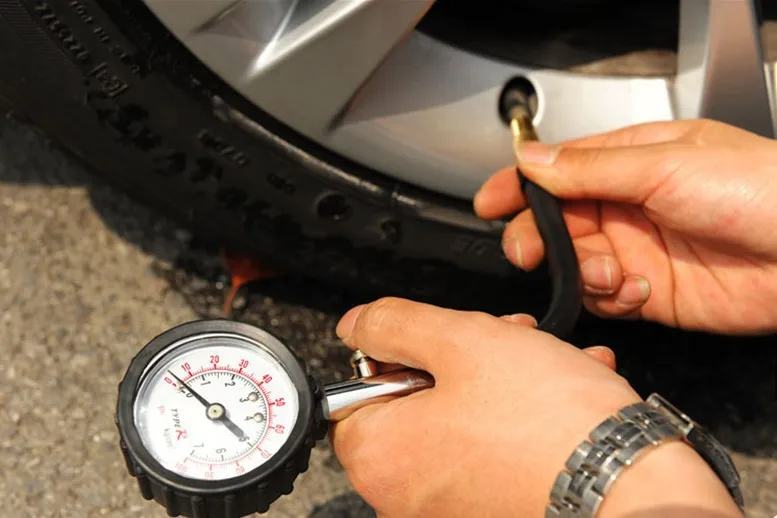 A nail causes a leak at the rate of 2 to 3 psi. The nail needs to be removed and the puncture repaired in a tire service centre. The bead forms the airtight contact between the tire and the wheel. Pieces of debris get in between the wheel and tire, creating a small gap that lets air out. As the tire ages, the rubber weakens and loses its elasticity, causing an air leak. An inexperienced technician may also improperly position the bead and cause the tire to lose air slowly. Road hazards such as potholes, rocks, and curbs may flex the sidewalls of a tire. Evidence of hard knocks includes sidewall bulges, cuts, and punctures. The damage may be either internal or external.
A nail causes a leak at the rate of 2 to 3 psi. The nail needs to be removed and the puncture repaired in a tire service centre. The bead forms the airtight contact between the tire and the wheel. Pieces of debris get in between the wheel and tire, creating a small gap that lets air out. As the tire ages, the rubber weakens and loses its elasticity, causing an air leak. An inexperienced technician may also improperly position the bead and cause the tire to lose air slowly. Road hazards such as potholes, rocks, and curbs may flex the sidewalls of a tire. Evidence of hard knocks includes sidewall bulges, cuts, and punctures. The damage may be either internal or external.
The easiest way to detect an air leak is to listen for a hissing sound or to feel the tire. A hissing sound is loudest at the source of the leak. Soapy water causes bubbles at the source of an air leak.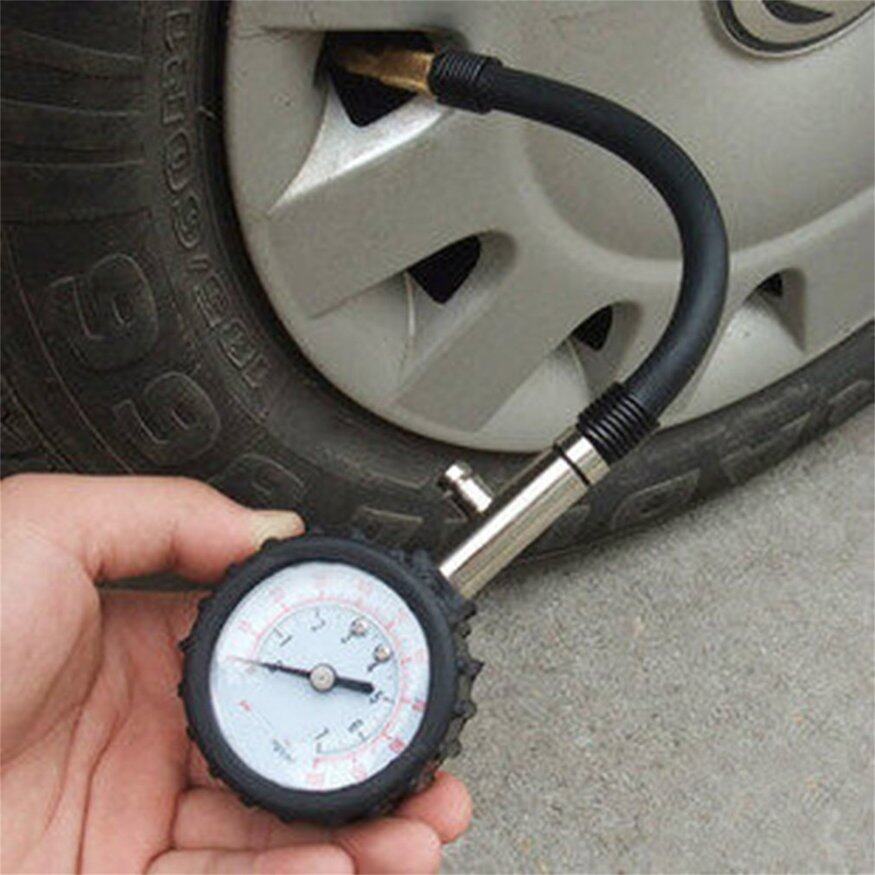 If a tire is immersed in water, a stream of small bubbles forms at the leak location.
If a tire is immersed in water, a stream of small bubbles forms at the leak location.
Do you know that a tire that is more than 25% deflated increases a tire-related accident three-fold? Maintaining proper inflation ensures road safety, increases tire lifespan, and increases fuel consumption.
Truro Nissan is capable of fixing your tire problems utilizing the Service and Parts Centre. Please contact us and schedule an appointment at our service centre today. We will ensure to get your issue resolved quickly, allowing you to get back to your daily life safely.
* Indicates a required field
First Name*
Last Name*
Contact Me by*
EmailPhone
Commercial Electronic Message Consent I consent to receive electronic messages from Truro Nissan containing sales promotions, product offers, special events and other information relating to their products and services. I understand that I may withdraw consent at any time. Please refer to our Privacy Policy or Contact Us for more details.
I understand that I may withdraw consent at any time. Please refer to our Privacy Policy or Contact Us for more details.
Tire pressure has a significant influence on vehicle performance, durability and fuel economy. However, most people face the problem of air leaks that reduce wheel pressure.
One of the issues that people are very concerned about is brand new tire losing air pressure. Normally, the degree of escape is related to tire life. With new tires, it is quite rare unless it is experiencing some external impact.
Let’s explore the following article to understand better the causes and how to fix the pressure drop in new tires.
Why Is Tire Pressure Important?Tire PressureTire pressure is understood as the pressure of air compressed inside the tire. This one dramatically affects the operating characteristics of the new tire.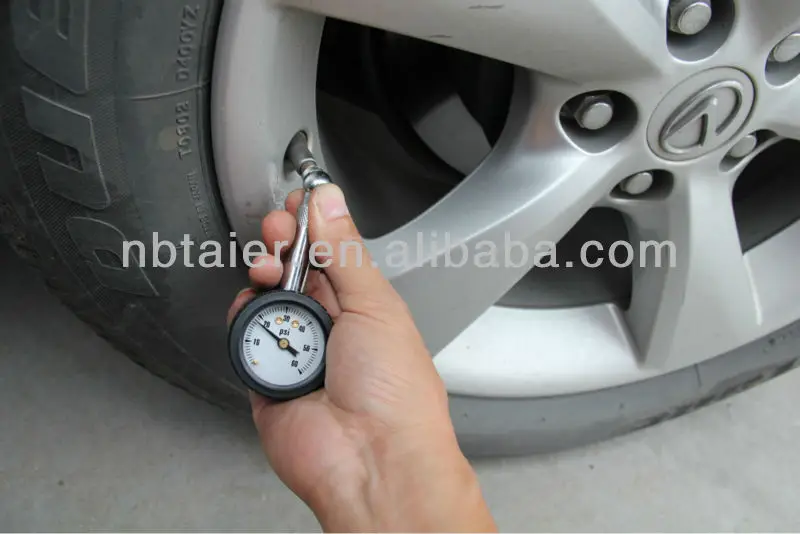
More specifically, inflating the new tires at the correct pressure helps the wheelchair roll on the road with the full tread. The contact surface is spread evenly, thereby helping to wear the surface evenly.
Besides, a set of properly inflated new tires also brings direct benefits to the user, such as optimal smoothness, stable cornering ability, shortest braking distance, and fuel economy.
Pressure is significant to the use of your car because it directly affects the performance, durability, and optimal function of the brakes and suspension systems equipped on the vehicle.
At the same time, maintaining the correct pressure helps you maintain safety, vehicle load, wheel life, and fuel consumption.
Therefore, you need to check your new tires regularly to ensure the pressure is always at the most stable level.
Why Does Your Brand New Tire Lose Air Pressure And Leak Air?Next, to better understand the condition of new tires leaking air, let’s learn about some of the causes of this condition.
The first cause is the loss of air pressure. Here are some of the reasons.
Wheel problemAlthough very careful, when you just change a new tire, the risk of wheel failure can occur. The common problem is that your tire valve stem is of poor quality.
When changing a new tire, it is better to replace the valve with a new one. Also, don’t forget to check it regularly to determine if it’s working correctly. Besides, if the valve core is too tight, it can also cause air to leak.
Another problem is that damaged, warped, deformed wheels due to impact also cause pressure to drop.
Tire damageDamageIn addition to the wheels, problems related to tires include rolling a nail or sharp object that punctures the new tire damaged, broken, and reduces the pressure quickly.
When moving on the road, you need to pay attention to the terrain. You accidentally go into potholes at high speed; it can also cause new tires to leak air.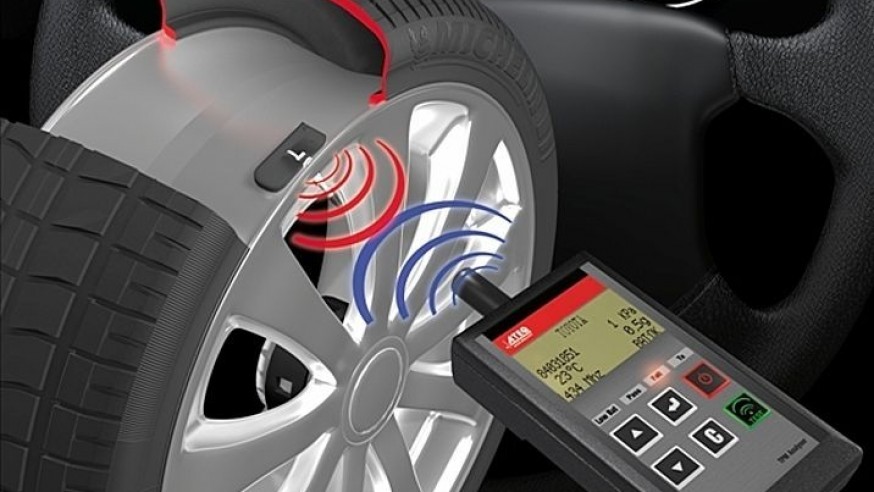
Moreover, the change in weather is also the reason why the pressure of newly purchased tires decreases.
When it’s cold, the air contracts, and the pressure level drops faster. So, you need to regularly check your wheel in the winter to maintain it at the right level.
Gas leakGas leaks can also be the cause of brand new tires losing tension. Leaking gas causes a drop in tire tension, and this can happen slowly or very quickly.
Assembly problemIf there is a problem during the assembly process that causes the rims and tires not to fit properly, it will also cause air to leak faster.
Valve is brokenValve is brokenSimilarly, if you buy a new car but use an old valve or a new valve that comes with a damaged tire, it will also cause air to escape.
Usually, this speed is relatively slow. Therefore, it will be difficult to detect now but check the valve regularly to limit this situation.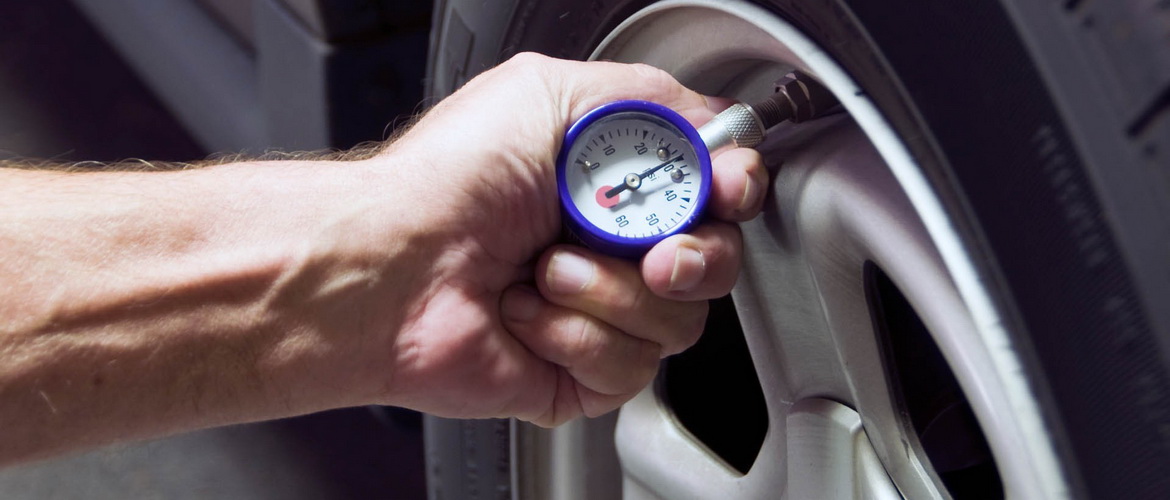
The temperature change will also cause the air in the wheel to escape. The molecules are often more concentrated when it is cold, shrinking, reducing tension. Statistically, every 10°F drop in temperature reduces stress by about one psi.
Improper sealFinally, if you don’t seal the new tires properly, it can easily lead to leaks. Besides, not cleaning the seal not or adequately removing the label also causes the wheel not to fit together, and this creates a space for air in the new tire to escape.
Watch this video for useful ways on finding a leak:
Tips To Keep Tires Safe From Losing Or Leaking AirTips To Keep Tires SafeTo ensure safety during travel, it is essential to keep the tension stable. Some tips to help you maintain it at an appropriate level and limit losing or leaking:
Some tips to help you maintain it at an appropriate level and limit losing or leaking:
First, the simple thing that you need to pay attention to is regularly checking your car’s tension. The problem of leaks reducing stress can happen slowly and silently.
Therefore, try to maintain the habit of checking your tires weekly to determine the extent of tension leaks to detect and fix problems in time. At the same time, you need to check all the wheels and should not skip any.
Cold testWhen temperature drops, the air in the wheel can also contract, reducing the tension. Therefore, in the cold season, you need to check the tension with a higher frequency.
To determine the tension level accurately, you need to park the car in the shade and stop starting the engine at least 15 minutes before. Otherwise, the displayed tension level is incorrect and should remove about 2psi of inflation.
Use a standard tension gauge.
Finally, it would help if you used a standard tension gauge to determine the exact tension level of the tire. Yet, you should also note that some meters may display a tension difference of about +/- 3psi depending on the vehicle type.
Therefore, a quality tool is an indispensable tool to help you determine this correct tension level.
ConclusionMany reasons lead to the situation of brand new tires losing tension. Therefore, you always need to pay attention to the issue of checking the stress of your tires, even you just bought them to ensure safe driving.
With the information we have provided, you can clearly understand the importance of car tension and how to fix the brand new tire leaking air.
Alvin Reyes
Alvin Reyes has expertise in automotive evaluation. He collaborated with famous newspapers and is still making efforts in tire review for DrivingPress.com
Home / Articles / Tire pressure: problems and their causes
Checking tire pressure is perhaps the simplest and most frequently performed procedure for a motorist.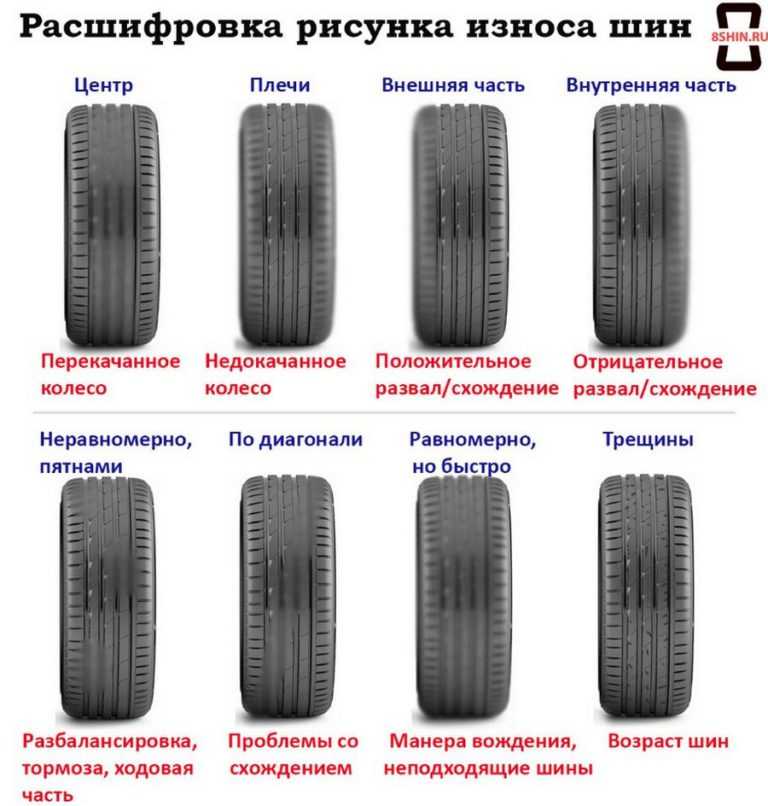 An experienced driver eventually develops the habit of walking around the car before a trip to visually check the condition of the wheels. If you do not notice in time that the wheel is partially or completely flat, this is fraught with costly repairs. The side of the tire is much thinner than the working part. When the pressure in the wheel has dropped, the side begins to participate in the adhesion of the wheel to the surface. But the most detrimental effect on the tire in this case is the bending of the cords inside the rubber. Cords are a frame made of steel threads of a tire, which provides it with the necessary structural rigidity and strength. Driving a few kilometers on a badly flat tire means changing a pair of tires. Therefore, at least a visual check of tire pressure before each trip is required.
An experienced driver eventually develops the habit of walking around the car before a trip to visually check the condition of the wheels. If you do not notice in time that the wheel is partially or completely flat, this is fraught with costly repairs. The side of the tire is much thinner than the working part. When the pressure in the wheel has dropped, the side begins to participate in the adhesion of the wheel to the surface. But the most detrimental effect on the tire in this case is the bending of the cords inside the rubber. Cords are a frame made of steel threads of a tire, which provides it with the necessary structural rigidity and strength. Driving a few kilometers on a badly flat tire means changing a pair of tires. Therefore, at least a visual check of tire pressure before each trip is required.
It is more difficult to determine the loss of tire pressure during a trip. You can determine this by changing the controllability of the car. Usually in this case, the car starts to “pull” to the side, the noise from the tires changes.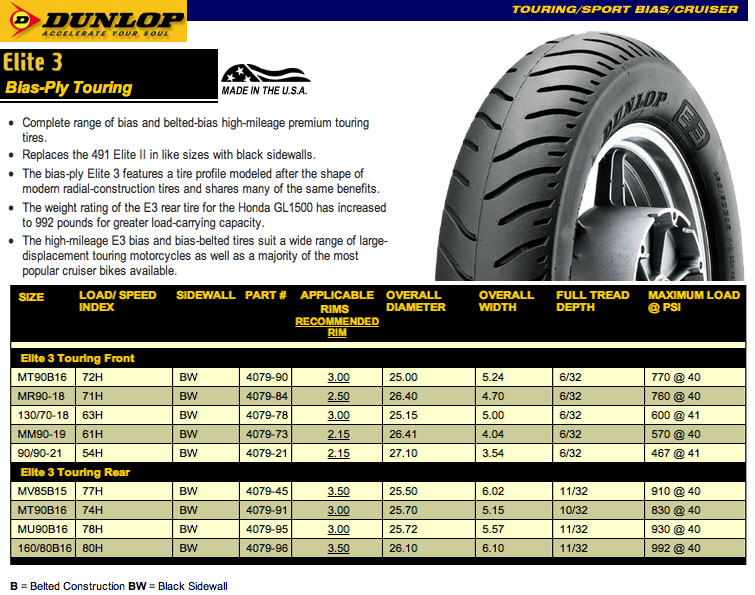 As a result, the suspension begins to work out bumps and pits on the road more rigidly. If the tire is completely deflated, then a characteristic popping sound will be heard when driving.
As a result, the suspension begins to work out bumps and pits on the road more rigidly. If the tire is completely deflated, then a characteristic popping sound will be heard when driving.

Minimize the chance of a flat tire while driving by following a simple tip. Never brake if a wheel hitting a hole has become unavoidable. In this case, it is better to sharply apply the brake and release it just before the impact. At the same time, it is necessary to strive for the wheel to fall into the pit evenly, so there is less chance of severe damage to the steering system. If nevertheless there was a puncture and a tire shot, then call a mobile tire service 24 hours a day.
How do we work?
Contact us
By phone or leave a request on the site.
The manager of the company will contact you and place an order
Will specify your order. Give an estimate of the cost of the work.
A master will come to you and perform services
All equipment for this will be in a special van.
If you need advice,
just tell our operator about your problem
+7 (495) 374-89-07
You can also contact us through the website by leaving a request.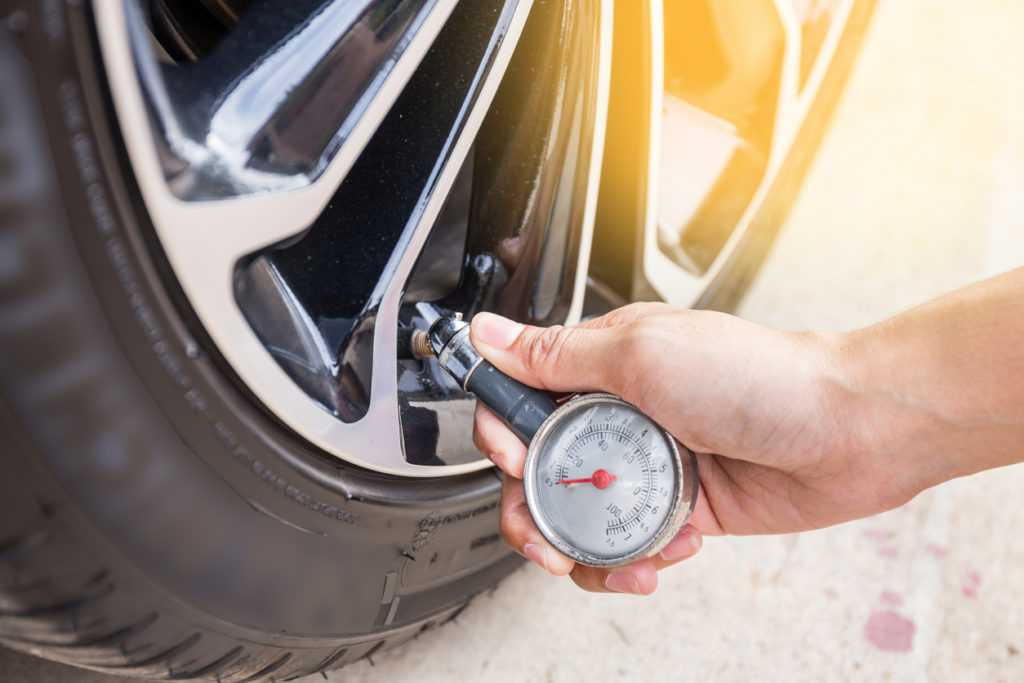
| Order a pickup. |
Call now and in 1 minute a mobile tire service will go to you.
| Call a mechanic |
, source: Arguments and Facts, Articles
Sometimes drivers forget to check their tire pressure. What are the consequences of this on a long journey?
Drivers do not always pay close attention to tire pressure levels. Not every car has built-in pressure gauges or electronic indirect control systems based on ABS readings, which makes it difficult to reliably determine a difference of 0.4-0.6 bar. According to the standards, the pressure difference in tires can vary between 0.2-0.3 atm, but not higher.
When a nail is pierced overnight, the pressure drops by about 0.5 atm or more, which is fraught with trouble.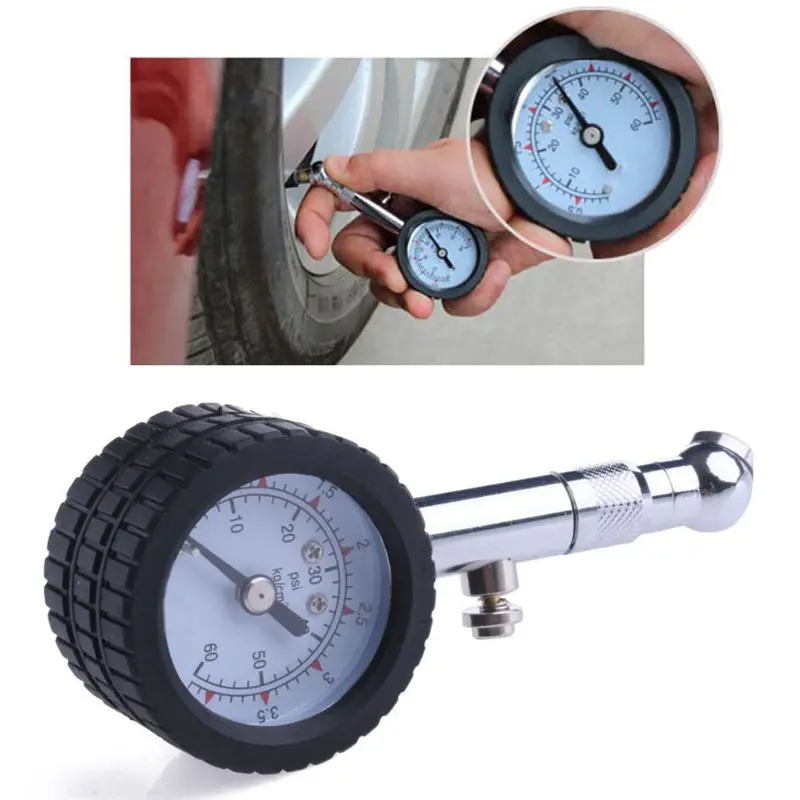 In addition, many tires now have solid sidewalls that do not allow tires to sag much. By eye, the difference in pressure can not be noticed, which is why motorists can go on a long journey on improperly inflated tires. How will this affect tire durability and vehicle handling?
In addition, many tires now have solid sidewalls that do not allow tires to sag much. By eye, the difference in pressure can not be noticed, which is why motorists can go on a long journey on improperly inflated tires. How will this affect tire durability and vehicle handling?
Even new tires need to be inflated about once a month. Reducing the pressure in them can occur naturally. The cause may be a leak as a result of poor tire tightness, a poorly fitting sidewall to the wheel rim, the formation of jams on the discs, or a banal change in ambient temperature. When the weather changes, the air in the tires compresses or expands. The pressure in them falls or rises.
It is especially dangerous when the difference in tires reaches 0.5 bar, or, as motorists say, half of the "atmosphere". In this case, on machines with pressure control systems, a warning lamp lights up on the dashboard. Moreover, the pressure in the tires may even be within the normal range.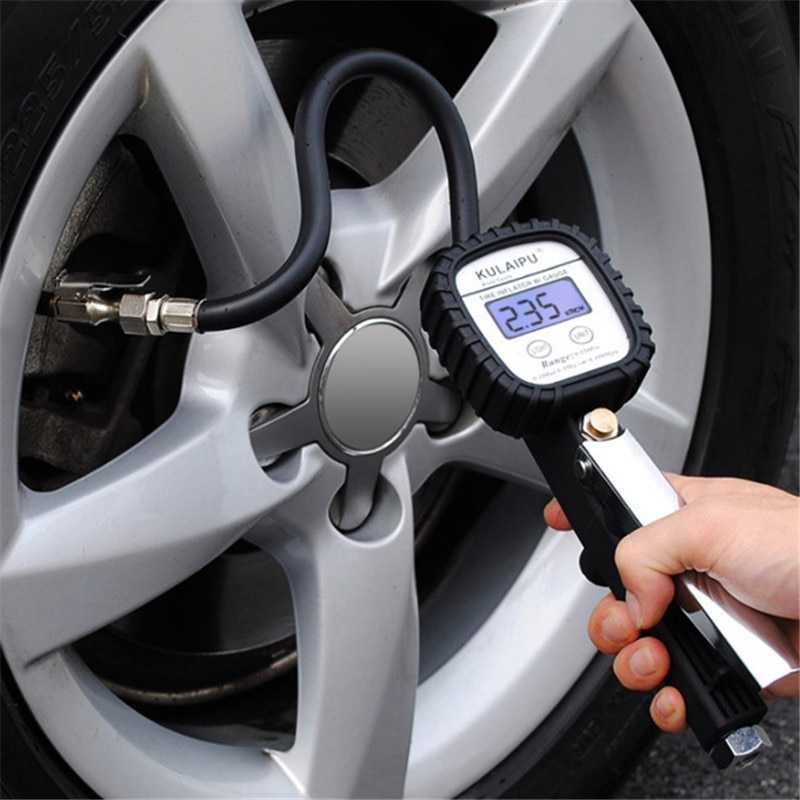
Let's imagine that the driver has inflated the tires to the maximum permitted value of 2.6 bar. After a few weeks in two wheels, it dropped to 2.1 bar. These readings fit within the allowed limits, but driving with such a difference is not recommended.
Source: Unsplash
If one tire on an axle is slightly flat and the other is overinflated, different rolling resistances occur. With a decrease in the pressure level, the contact patch area shifts to the shoulder zone. The central part of the tread is pressed inwards. Namely, it is the function of engagement during acceleration and braking. The contact patch is deformed. The main load goes to the sidewalls, which are stronger than the middle. The protector in these places wears out intensively.
Run-flat tires show an increase in rolling resistance. Fuel consumption and tire wear increase If one of the tires is overinflated, then it shifts loads to the central part of the tread.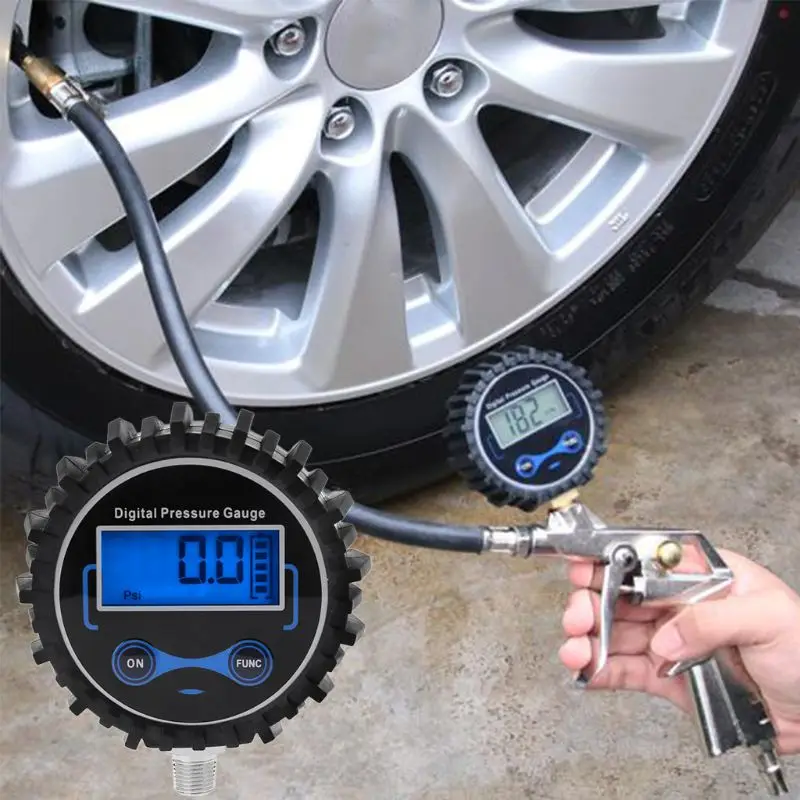 The tire flexes and the contact patch area shrinks.
The tire flexes and the contact patch area shrinks.
The machine begins to behave much worse when cornering due to insufficient contact with the asphalt in the shoulder area. Spot reduction will have a negative impact on acceleration and deceleration dynamics. As a result, when driving, an imbalance is felt due to the difference in forces and the vehicle is pulled to the side.
Source: UnsplashIt's also bad that the other tire doesn't have these problems and rolls well. As a result, this pair of wheels has a difference in resistance, which will cause the car to steer. On high-speed straight lines, it can deviate from the trajectory. And during braking, it will be taken away in the opposite direction.
On a long journey, this slip will be accompanied by increased tire wear. An over-inflated tire will go bald in the center, while an under-inflated one will go bald at the edges.
Tires should be checked at least once a week.